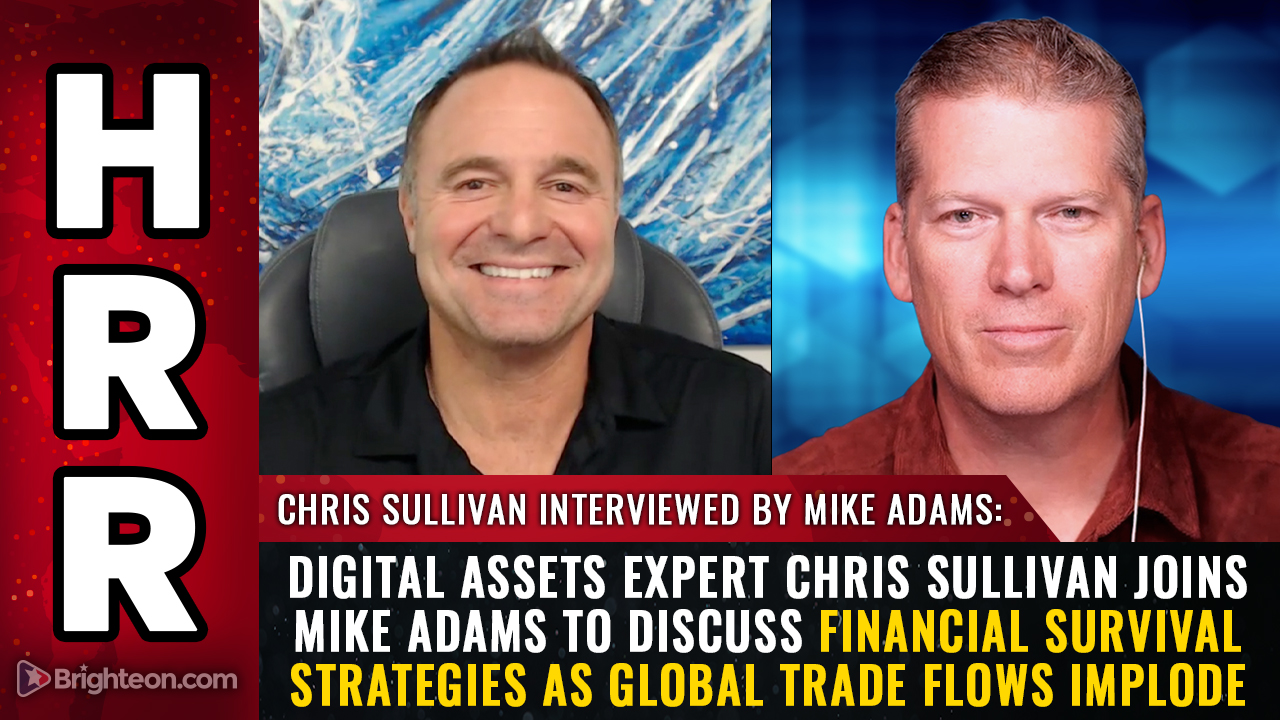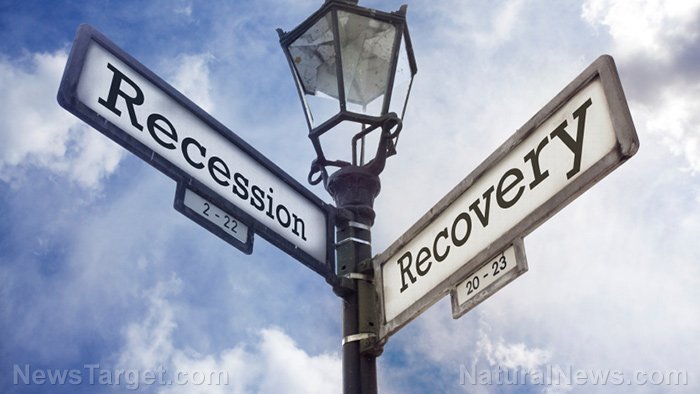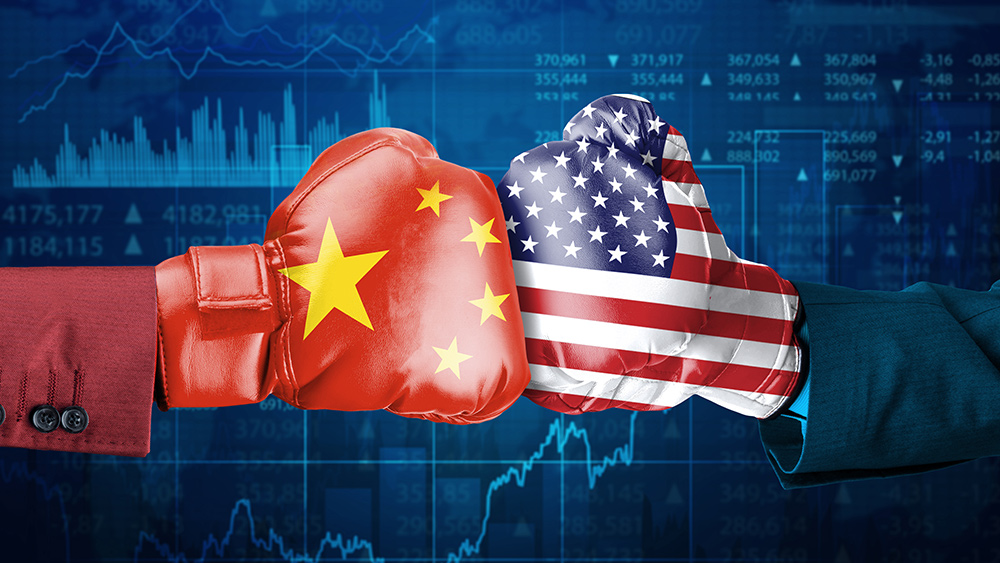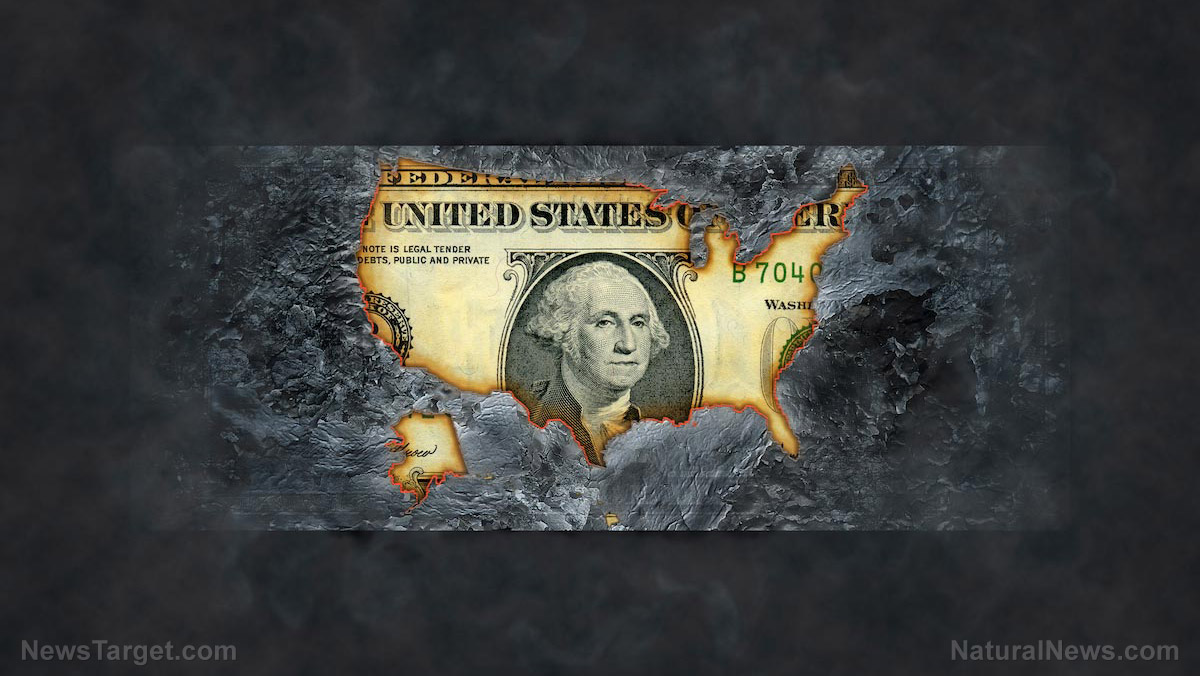Manufacturing surge under Trump sparks optimism amid concerns over economic strains
04/18/2025 / By Willow Tohi
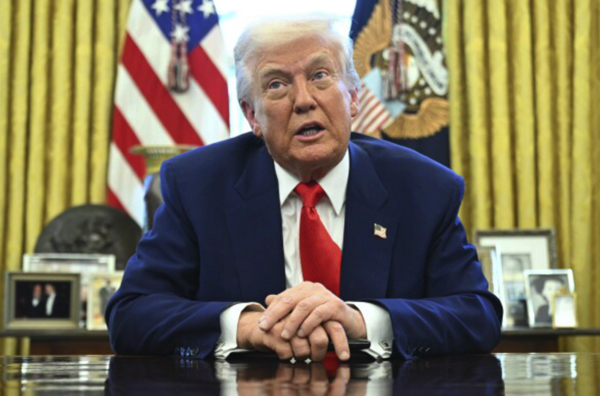
- President Trump’s tariff-driven strategy has boosted U.S. factory output, with a 5.1% annualized gain in Q1 2025 and 10,000 new manufacturing jobs in February, reversing prior losses.
- While job growth (228,000 in March) and cooling inflation (2.4%) are positive, concerns persist over slowing monthly output growth (0.3% in March vs. 1% in February) and rising costs from tariffs.
- Economists caution that tariffs may inflate production costs, shrink trade volumes and fail to address trade deficits. Critics argue automation and globalization make a full jobs rebound unlikely.
- U.S. manufacturing employment has sharply declined (from 25% of jobs in the 1970s to 8% in 2024). Reshoring may increase production but not necessarily jobs due to automation.
- The next quarter will determine if tariff-driven gains can be sustained without triggering inflation or supply chain disruptions, balancing optimism with economic realities.
President Donald Trump’s aggressive tariff-driven strategy to revive American manufacturing has shown early signs of success, with Federal Reserve data revealing a 5.1% annualized gain in factory output for the first quarter of 2025. The sector grew at a 0.3% monthly pace in March, marking a slowdown from February’s 1% surge, but signaling sustained momentum in reshaping the U.S. industrial landscape. While the White House heralds this as proof of a “manufacturing renaissance,” economists caution that near-term disruptions, inflation risks and structural challenges could temper long-term gains.
Federal Reserve data indicates growth, but at easing rate
The latest Fed report shows manufacturing activity expanded for a second consecutive month in March, albeit at a slower clip, amid a backdrop of aggressive trade policies under Trump. The sector, which accounts for roughly 10% of U.S. GDP, rebounded sharply after contracting in late 2024. A 1% year-over-year increase in factory output underscores Mr. Trump’s emphasis on tariffs and trade reshoring.
President Trump framed these early gains as proof of his strategy’s viability: “I can do it the easy way or the hard way,” he told reporters in March. “The results are going to be 20 times greater. This country’s going to boom.”
The data supports White House claims of a turnaround: February alone saw 10,000 manufacturing jobs added, reversing a trend of 9,000 monthly losses under the Biden administration. The automobile sector led the rebound, adding 8,900 jobs after shedding 27,300 under prior policies.
Administration praises “game-changing” policies, skeptics highlight risks
While the White House credits tariffs — including 145% duties on select Chinese goods — for luring factories back, critics warn of unintended consequences.
“The U.S. economy faces a challenging and likely economically damaging transition period,” said ING analysts, citing tariff-driven cost pressures on consumers and businesses. Slips in small business optimism and consumer sentiment reflect inflation fears, even as broader economic indicators like job growth (228,000 new positions in March) and a cooling inflation rate (2.4%) remain strong.
Economists like Omair Sharif, founder of Inflation Insights, argue tariffs risk becoming an “own goal,” hiking production costs for U.S. manufacturers and households. Brad Setser of the Council on Foreign Relations noted that tariffs often shrink overall trade volumes without fixing deficits, which hit record highs during Trump’s first administration and continue to grow.
“The end result is less imports and exports — not a balanced solution,” he said.
Cornell professor Arthur Wheaton criticized the administration’s erratic trade diplomacy, calling it “disruptive” for businesses. “You need more than tariffs to build factories,” he said.
Historical context: Why manufacturing’s comeback is fragile
The U.S. manufacturing decline is decades in the making. At its postwar peak in the 1970s, nearly 20 million Americans worked in factories, producing 25% of total employment. By late 2024, manufacturing employed only 8% of workers.
Automation, globalization and U.S. trade policies accelerated this shift. MIT research shows regions hit hardest by 2000s-era Chinese imports still struggle with job dislocations. “Modern factories don’t need as many workers,” said Oxford expert Abby Samp, noting that reshoring may boost production but not necessarily employment.
Vice President JD Vance and Trump have framed this loss as a social crisis, pushing tariffs as a nationalist remedy. But skeptics argue free trade’s legacy — cheaper goods, higher corporate profits — has deep economic and political roots. “This isn’t a repeat of the past. The world has changed,” said Spectra Markets’ Brent Donnelly.
A make-or-break quarter for Trump’s economic vision
The first quarter’s manufacturing gains offer a glimpse into Trump’s vision of a revitalized industrial base. For now, the administration points to soaring retail sales, robust job creation and improving ISM surveys as proof of progress. However, the Fed’s April report signaled a moderating pace—a reality that may foreshadow tougher months ahead.
With economists and manufacturers bracing for inflation spikes and supply chain shocks, the next quarter will test whether tariffs and trade deals can sustain the revival without destabilizing the broader economy. As one optimistic administration official put it: “America is back. He’s just getting started.” Skeptics, meanwhile, remain sharply divided over whether this spirit of renewal can outpace reality.
The U.S. economy’s trajectory hinges on whether the rebound can outlast the turbulence — and if history’s ghosts of deindustrialization can finally be laid to rest.
Sources include:
Submit a correction >>
Tagged Under:
big government, bubble, collapse, Donald Trump, economic riot, economic strains, finance riot, jobs, market crash, money supply, progress, risk, supply chain, US manufacturing, White House
This article may contain statements that reflect the opinion of the author
RECENT NEWS & ARTICLES
SupplyChainWarning.com is a fact-based public education website published by SupplyChainWarning.com Features, LLC.
All content copyright © 2021 by SupplyChainWarning.com Features, LLC.
Contact Us with Tips or Corrections
All trademarks, registered trademarks and servicemarks mentioned on this site are the property of their respective owners.






